RAW vs JPEG - Which should I shoot? And why does it matter?
RAW vs JPEG - Which should I shoot? And why does it matter?
The human eye vs Camera
The human eye is around 1000 times more adaptable to light than a modern camera sensor. So we can see into dark shadows (once our eyes adjust) and bright sunsets or sunrises. This is what means that a camera will struggle to capture details in anything silhoutted by the sun, or details in the sky if you expose correctly for a subject framed by the sky.
RAW files attempt to correct this problem by retaining more information about the dark and light areas in a photograph.
Source Photograph
Indiatimes
To test this, try pointing your camera or smartphone camera at a bright sky, there should be details in the clouds, but anything sihoutted will probabably look very dark (be underexposed) Your camera is metering the light levels to expose correctly for the sky, but can't manage to handle the dynamic range of the lights to darks.
Now point your camera at a subject sihoutted by a bright background. The subject should appear correctly exposed, but the light source will lose detail (be over exposed/ blown out)
My photographs from Sydney viewing tower. I puposefully chose photographs with a high variation in Dynamic range (contrast in the light).
How can I fix this?
RAW files, and cameras with a High dynamic range are one way that attempts to fix this problem. (Also HDR photographs, but that is a whole new topic for another day). It is possible to get some of the detail back in a JPEG also, but RAW files are specifically designed to help capture this extra detail in the shadows and highlights that JEPGs will lose.
Firstly, let's look at what the 2 different file formats mean.
JPEG
JPEG stands for Joint Photographic Experts Group. It was first proposed in 1987 and altered in 1992.
JPEG is a format which is now used commonly across the internet. Of course, Steemit uses JPEG for its photographs, along with Instagram and Facebook. It's a complicated process to understand, but one key thing to realise is that it's a "lossy" format.* That it, it uses compression to reduce the file size (which was essential in the early days of the World Wide Web.)
It reduces the information in the Cb and Cr (red and blue ) channels which the eye is less sensitive too. It also looks at matrixes of consectutive pixels and used algorhythms to reduce the file size. It tends to work well with smooth gradients of colour as opposed to fine detail and lines where it can have issues (artifacts or banding)
(* Not strictly true, it is possible to have lossless jpeg)
RAW (digital Negative)
A RAW file will attempt to keep as much of the original information form the time of capture, and will usually possess a wide dynamic range (information in the shadows and highlights.)
RAW actually has many different implementations, and varies from camera to camera and manufacturers will even vary the RAW Codec depending on which model of camera you have. New cameras will often have a wait before programs such as photoshop update the software to accept new RAW files.
An easy analogy.
Whilst listening to the whole RAW vs JPEG debate flaring up over youtube photographers, I developed my own analogy which simplifies the debate.
Ready cooked vs Raw Food.
Imagine that you are cooking a meal for some friends. You are in the supermarket, and can't decide whether to but a pre-packaged meal or buy some raw food (fresh meat and veg) or in my case (veg).
What would influence your decision here?
Probably how much time you have, and if you can find a ready cooked meal that suits the guests requirements and your cooking style.
JPEG = Ready cooked meal.
So a JPEG is like a ready cooked meal here. It's all ready to go, you could alter it by adding bits to the recipe, but it's pretty much set. They also take up less room in the fridge or freezer (like a JPEG) and require less time, equipment and expertise.
RAW = Home cooked / prepared meal.
RAW food will take longer to prepare, require more time and knowledge, and also needs more equipment ( bowls, kives etc) . It may or may not taste better than a ready cooked meal, and might not be to everyone's taste, but you are happy in the knowledge that you have created something yourself.
Advantages of JPEG.
Faster. ( In camera , and less/ no editing)
Smaller Files
Quicker to send / upload
Compatibility (internet / most apps)
Disadvantages of JPEG
Can have banding / artificats.
Lower Dynamic Range.
More difficult to apply own style (will probably be sharpened in camera)
Baked in colours (harder to edit)
Advantages of RAW
Losslesss format (more information about the capture retained)
More flexible to edit.
Higher Dynamic range.
Disadvantages of RAW
Bigger file size.
Non Standardised file type
Requires editing software.
More time consuming
Can slow down camera for sports or action photography.
Non standardised.
Photographers bragging about Out of Camera RAW / JPEG being unedited = My pet hate.
You might see some photographers bragging that it's out of camera (JPEG or RAW). This is to insinuate that their skills are so good that they don't need to edit their photographs.
Well, that's fine, most photographers do take shots straight out of camera.
JPEG braggers.
If they do this, JPEG files will have been sharpened, and colour edited by the camera. (ready cooked meal analogy) For most people and purposes that's exactly what they want . To save time and have something instant that looks good on facebook or Instagram. Thumbs up :)
But please don't brag about the fact that it's straight out of camera. Of course the photograph might be amazing, then of course that's great, bragging right accepted, but only for the photograph, not the lack of editing.
The JPEG photograph has already been edited by your camera!!! DOh!!!
RAW Braggers (Double face palm)
No. Just don't. It's like a chef giving you RAW food. I guess certain chefs are happy to serve RAW food, but it would taste so much better with a bit of preparation and thought put into it. If you want to serve up your photos like this, just go for a JPEG!! (ready cooked meal) RAW's will generally look worse out of camera, with flat colours and no sharpening applied.
The big question. Which should I use?
This will depend on your available time, audience and workflow.
Use JPEG
JPEG may be better for sports, action and speed. If you are at a sports event and want to take a sequnce of shots, you may find that JPEG might allow more shots to be taken before your camera buffer fills up and it slows down to a halt.
Also it will generally be cheaper to store the photographs (smaller storage space).
Also better for casual shooters who don't have the time or want to spend time editing the RAW files.
Can I edit JPEGS?
Yes, but you will find the RAW files will give you more abiltity to edit the colours and darks/lights.
Use RAW
Use RAW if you have a more creative angle. Better for landscapes, critical shots (it allows more error in the shots).
Use in situations with more dynamic range (shadows and bright outdoor light) or detail.
If you are printing the photographs you might want to take RAW to prevent artifacts.
Shoot both?
Many DSLRs allow you to shoot in RAW and JPEG at the same time. You can then choose the JPEGs that you like to save time editing, and pick the RAW files where you want to have more flexibility in editing the photographs.
How can I edit the phtographs if I decide I want to shoot in RAW? Is it expensive?
There are many different packages and programs available. This could be a whole new topic. Personally I use Adobe Photoshop and Lightroom CC. There is a photography package deal on these for around 10 pounds a month, or you can go down many different routes to editing.
Photoshop and Lightroom will have the most support in terms of online tutorials and filters, but can be cumbersome and take a lot of processing power in your computer.
Free alternatives include the open source GIMP which is available for Mac, PC or Linux.
Are you a RAW shooter or a JPEG? Or both? Or is this all new and confusing to you?
Please upvote, re-steem and share if this of use to you. Check out my other photography tutorials. More to follow.
All my own work and photographs except for the first one ( India times)
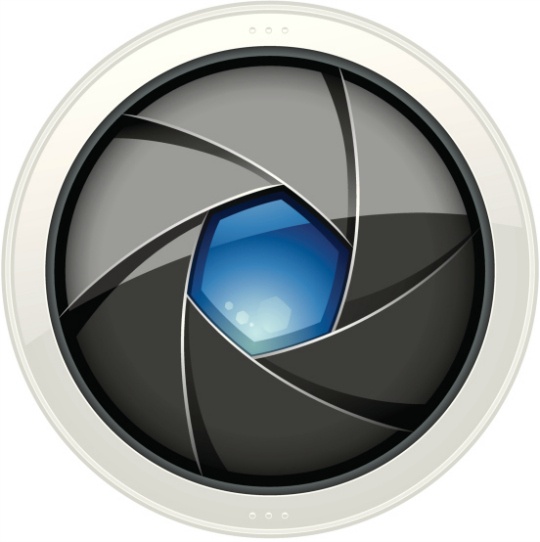
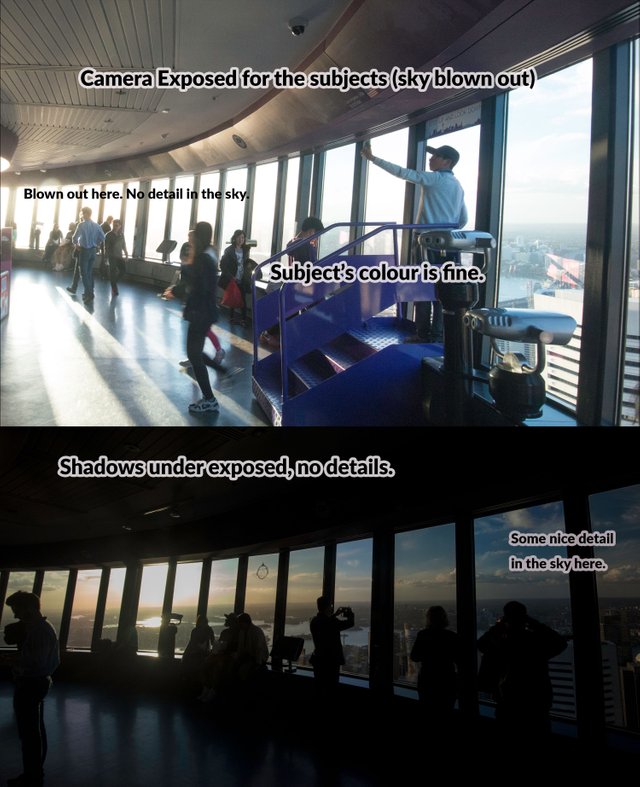
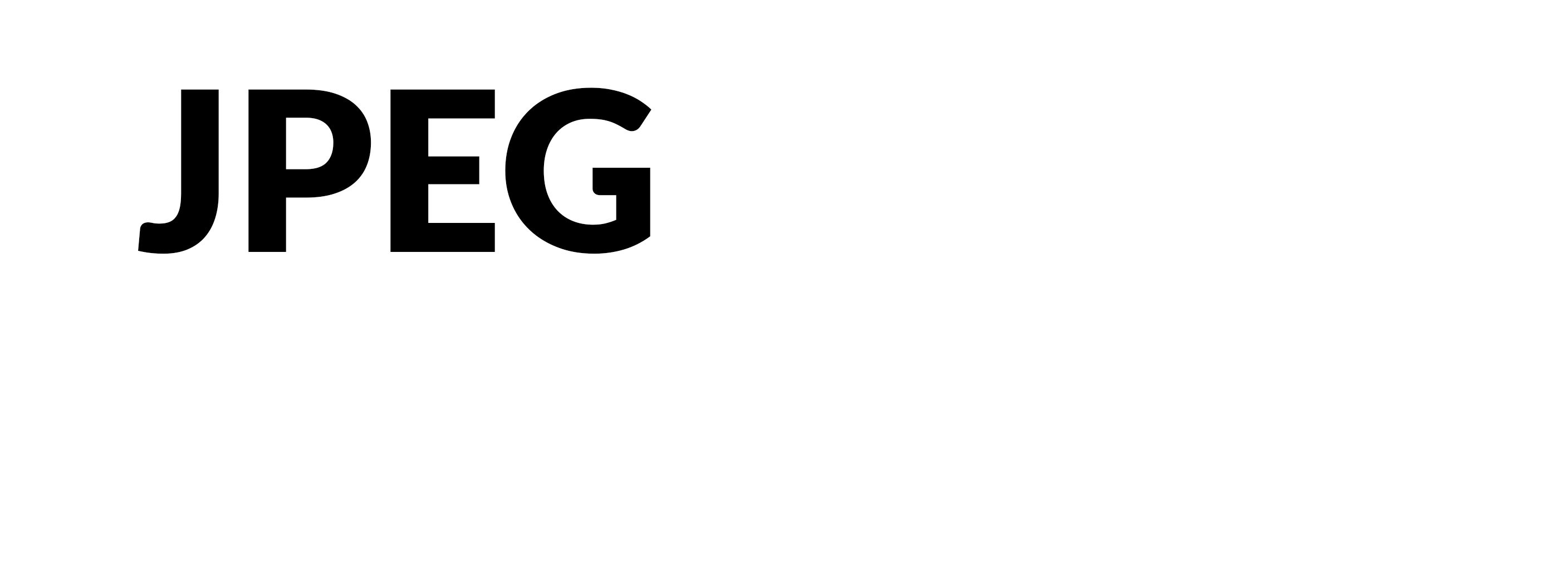
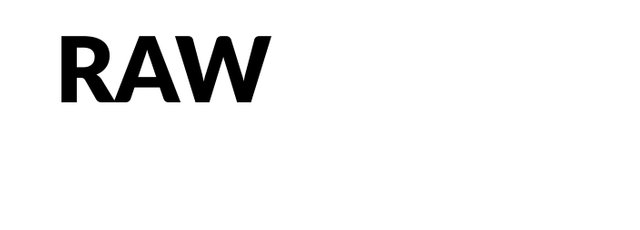
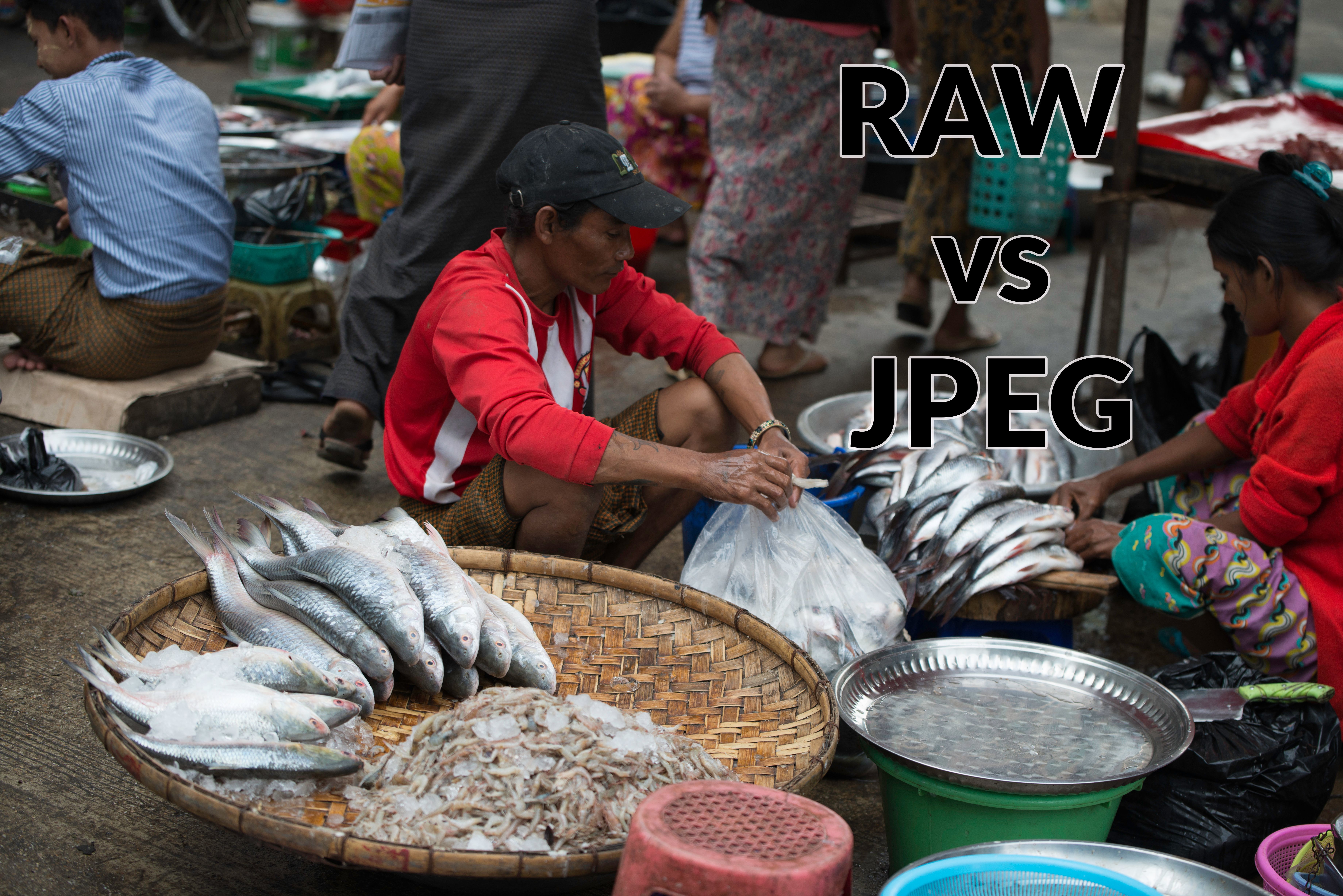
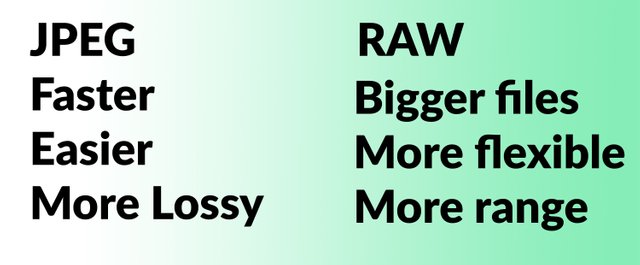
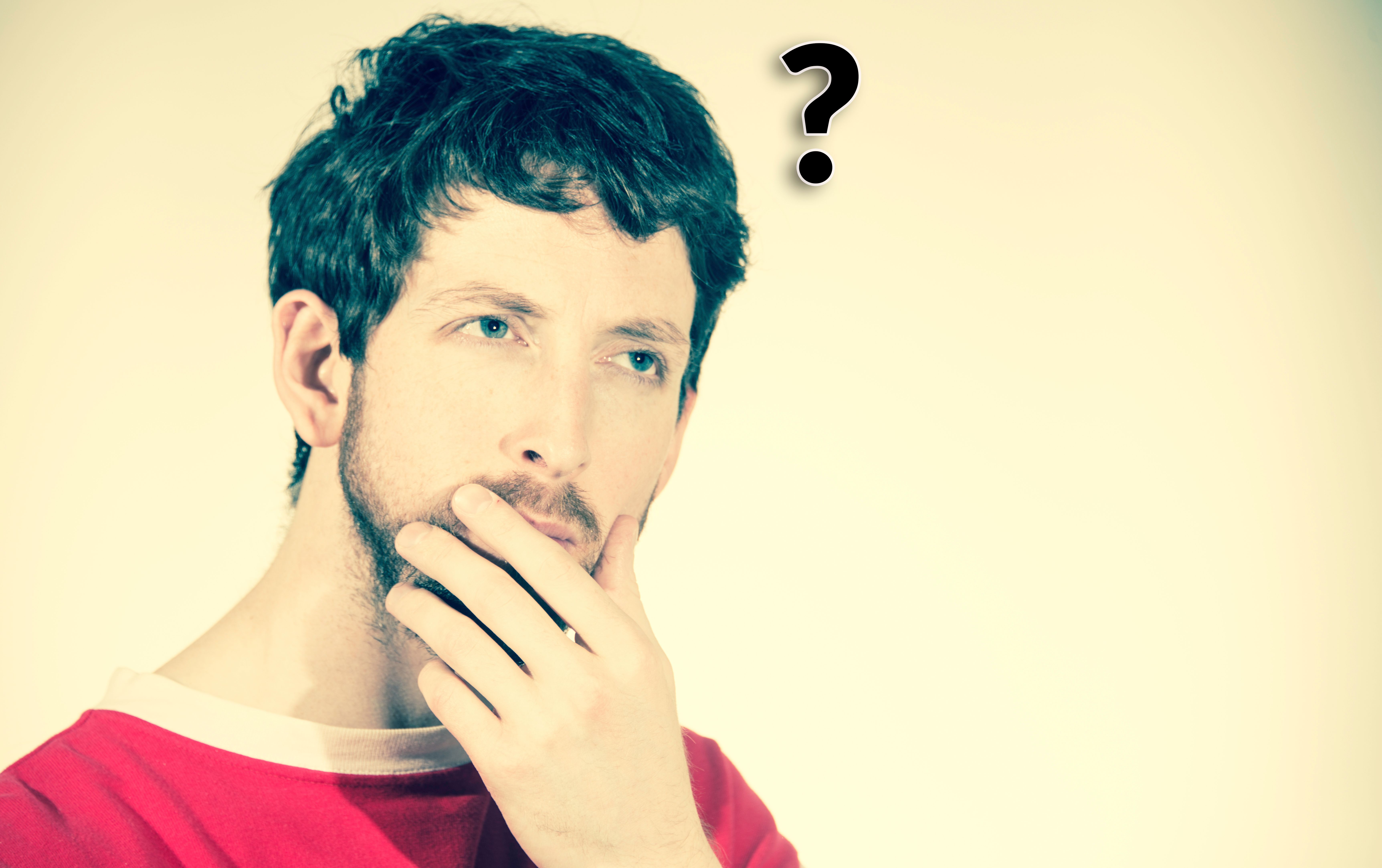


RAW
Well, seems RAW has it at the moment. :)
I shoot RAW and use Darktable to edit my files. It's open source. I don't have enough experience with other programs to compare them to Darktable, but I find that it works very well.